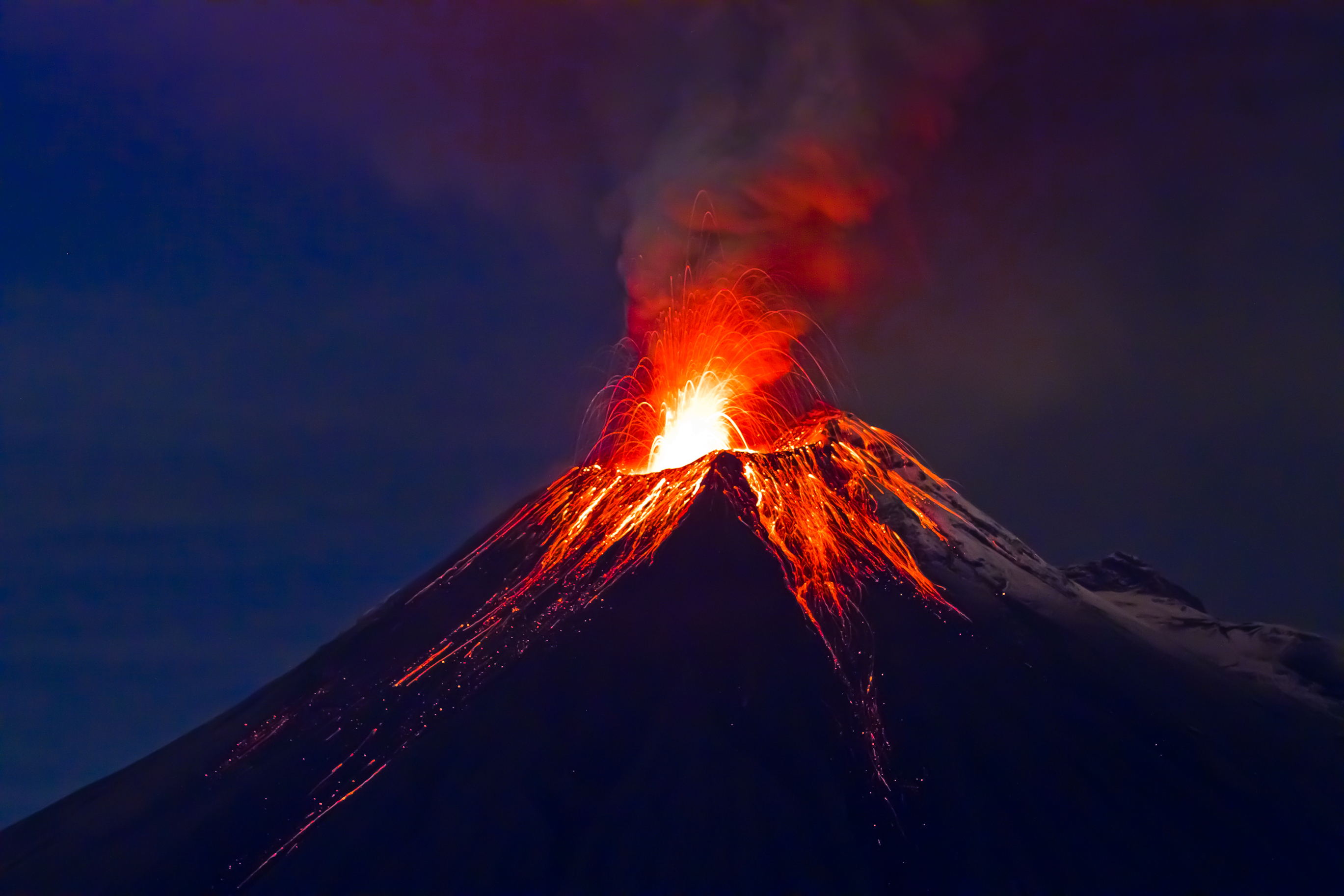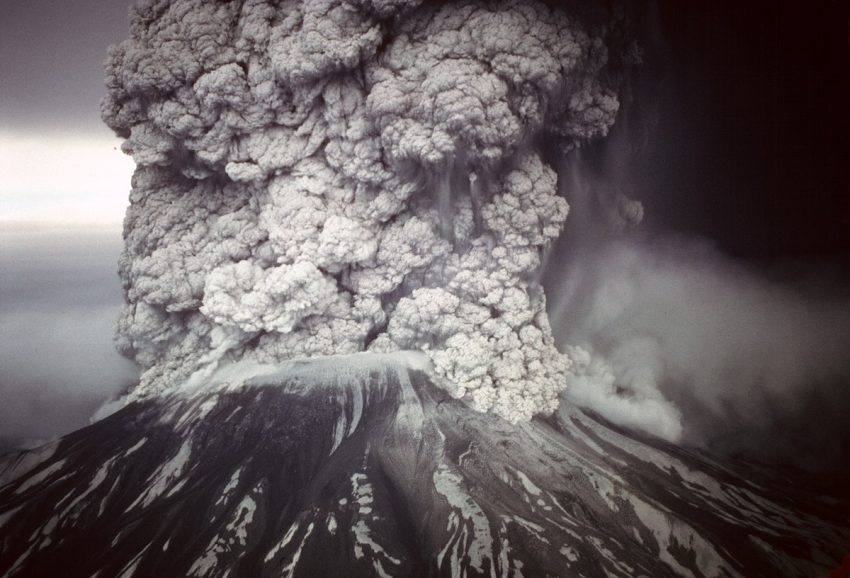The world has seen a fair share of deadly natural disasters, including monstrous earthquakes, violent tornadoes and blizzards and fatal volcanic eruptions. Today, we will take a look at some of the most catastrophic volcanic eruptions recorded in history.
Tambora, Indonesia
 Mount Tambora, also called, Indonesian Gunung Tambora, is a volcanic mountain on the island of Sumbawa, Indonesia, that exploded in April 1815 and went down in history as the largest volcanic eruption.
Mount Tambora, also called, Indonesian Gunung Tambora, is a volcanic mountain on the island of Sumbawa, Indonesia, that exploded in April 1815 and went down in history as the largest volcanic eruption.
The Tambora event was the most destructive explosion on earth that plunged the world into a frightful chill. The catastrophic eruption began with small tremors and pyroclastic flows on April 5. However, on the evening of April 10, an earth-shattering blast blew the mountain apart and the eruption took the lives of 10, 000 islanders. Fast and toxic moving solidified lava blocks and hot rock fragments tumbled down the mountain. Rivers of “clouds” of incandescent ash, gas, and rock debris poured down the mountain’s flanks and burned forests. The ground shook heavily, sending tsunamis that destroyed the houses of thousands of islanders.
The island was “woefully unprepared” for such a massive volcanic explosion and the eruption’s repercussions were believed to be even more dreadful than the eruption itself. After the eruption, the volcanic ash, pumice, aerosol –including megatons of sulfur – blended with atmospheric gases and prevented a considerable amount of sunlight from reaching the earth’s surface, decreasing the average global temperature by 3 °C. This eventually led to strange yet spectacular sunsets that attracted artists and tourists from over the world.
Far-flung consequences of the volcanic eruption included decreased rainfall, burnt and failed crops and, of course, a mass starvation. The large and toxic particles spewed by the volcano covered towns, grasslands and forests with enough ash to destroy homes as well as crops. Consequently, the crop failures in Indonesia led to several parts of the world to experience sporadic periods of famine.
The Tambora’s eruption also brought along sudden changes to climate and exposed the world to the most destructive wave of extreme weather. For instance, instead of a typical summer weather, the island was cold, stormy and dark.
Nevado Del Ruiz, Columbia
 Also known as La Mesa de Herveo, the Nevado Del Ruiz, is a volcano found on the border of Caldas and Tolima in Columbia. In fact, it is the highest active volcano in the Andes Mountains of Columbia and is known for causing Columbia’s worst natural hazard-induced disaster.
Also known as La Mesa de Herveo, the Nevado Del Ruiz, is a volcano found on the border of Caldas and Tolima in Columbia. In fact, it is the highest active volcano in the Andes Mountains of Columbia and is known for causing Columbia’s worst natural hazard-induced disaster.
The tragic event dates back to 1985, when the volcano erupted after 69 years. It was recorded as the second-deadliest volcanic disaster of the 20th century and as the fourth-deadliest in recorded history.
Destructive volcanic eruptions are almost always preceded by days, weeks or even months of warning activity which allows authorities sufficient time to make efficient evacuation plans. Signs of impending volcanic eruptions, for example, include cracking, sinking of the ground, subtle swelling of the ground, noticeable steaming or enlarged areas of hot ground. Similar signs were noticed before the eruption of the Nevado Del Ruiz and experts warned authorities and the media weeks prior to the eruption. Yet, a large number of the population was not aware of the impending danger and evacuation orders were not carried out in time.
The catastrophic event ended up taking the lives of 25, 000 people, leaving over 200, 000 people affected and 10, 000 individuals homeless. Over 50 educational facilities, 4, 000 housing units and two hospitals were severely damaged by the volcanic eruptions, which sent toxic gas, rocks and ash thousands of feet into the sky and scattered an incredibly hot cloud of debris, known as a pyroclastic flow. The eruption also affected infrastructures like roads, bridges, sewer systems, transmission lines, railroad tracks and fuel pipelines as well as 6, 000 acres of agricultural infrastructure and farmland.
Although it wasn’t considered as devastating as the Tambora event, the area lost around 60 % of its livestock, 30 % of grain and rice crops and half a million bags of coffee, eventually affecting the economy of the region.

